Colin Cooke1857285786, 9781857285789, 9780203983621, 1857285794
Table of contents :
Book Cover……Page 1
Title……Page 2
Copyright……Page 3
Contents……Page 4
List of examples……Page 6
Preface……Page 7
CHAPTER 1 What experimental science is about……Page 8
Strengths of the method……Page 9
Experimental skills……Page 10
Crude measurements……Page 11
Measurements with variability……Page 12
Analysis of data……Page 13
Measurements with variability—numerical approach……Page 14
Gaining information……Page 15
Interpretation of information……Page 16
Example 1.2— problems with publishing results……Page 17
Example 1.3— experimenting with people……Page 18
CHAPTER 2 Writing about experiments……Page 20
Method……Page 21
Analysis……Page 22
Conclusions……Page 24
Measurements on the photoelectric effect (complete report)……Page 25
Abstract……Page 26
Introduction……Page 27
Method……Page 28
Results……Page 30
Analysis……Page 31
Discussion……Page 34
Conclusion……Page 35
Steps along the way……Page 36
2. What is known about the subject?……Page 37
5. Make preliminary measurements……Page 38
8. Perform the experiment “proper……Page 39
Example 3.1— measuring the density of paper……Page 40
Comments……Page 41
Example 3.2— counting weak radioactive sources……Page 42
Example 3.3— charge on the electron……Page 44
1. Suitability of the subject……Page 45
4. Design the experiment……Page 46
6. Analyze the preliminary measurements……Page 47
Example 3.4 —the Mpemba effect……Page 48
3. Have you the necessary facilities?……Page 49
8. Perform the experiment proper……Page 50
9. Write a scientific report……Page 51
Introduction—a general experimental system……Page 52
Accuracy……Page 53
Cost……Page 54
Longevity……Page 55
Output……Page 56
Range……Page 57
Sensitivity……Page 58
Units……Page 59
Introduction……Page 60
Method……Page 61
Analysis……Page 62
Conclusion……Page 64
Basic method……Page 65
Theory……Page 66
Apparatus……Page 68
Experimental procedure……Page 69
Calculations……Page 70
Multichannel pulse height analyzer……Page 71
Computer program……Page 72
Introduction……Page 73
Best estimate of the true value……Page 74
A measure of variability in the measurements……Page 75
Example 5.1 —mean, standard deviation, standard error……Page 76
Example 5.2 —mean, standard deviation, standard error: time series……Page 78
Example 5.3 —reaction time measurements……Page 80
Weighting of data—introduction……Page 82
Step 1……Page 83
Example 5.5 —weighting: different measurements (a class with Michael Faraday and a bunch of idiots)……Page 84
Are they correlated?……Page 85
Introduction……Page 86
The four cases……Page 88
Analysis of case 1……Page 89
Cases 2–4……Page 91
Introduction……Page 93
Example 5.6 —error on a difference……Page 94
Example 5.8 —diminishing error (sometimes the error gets smaller!)……Page 95
Example 5.9 —a computer simulation……Page 96
Second approach……Page 99
Example 5.11 —a computer simulation……Page 100
Sources of random numbers……Page 101
Goodness of fit……Page 103
Example 5.12 —goodness of fit (from Fig. 5.9)……Page 104
Introduction……Page 108
Example 6.1 —a model of chaos……Page 109
Example 6.2 —models of motion……Page 111
Example 6.3 —heart rate……Page 115
APPENDIX 1 Uncertainty on the line of least squares fit……Page 118
APPENDIX 2 Coefficient of linear correlation r……Page 121
APPENDIX 3 Books you might enjoy reading……Page 122
Program 4.2: REACTIM……Page 123
Program 4.4: GAUSS……Page 124
Index……Page 126
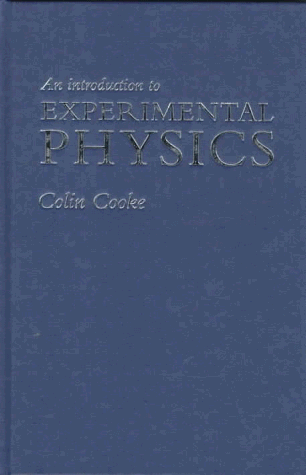
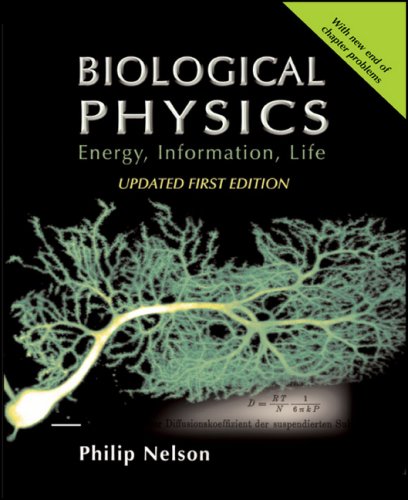

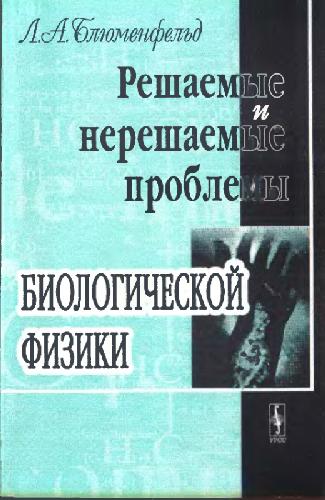

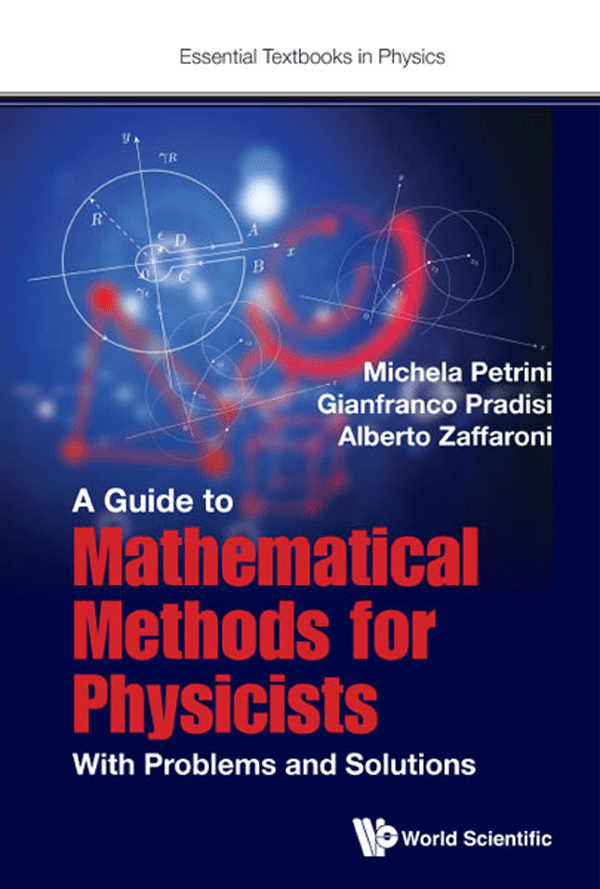
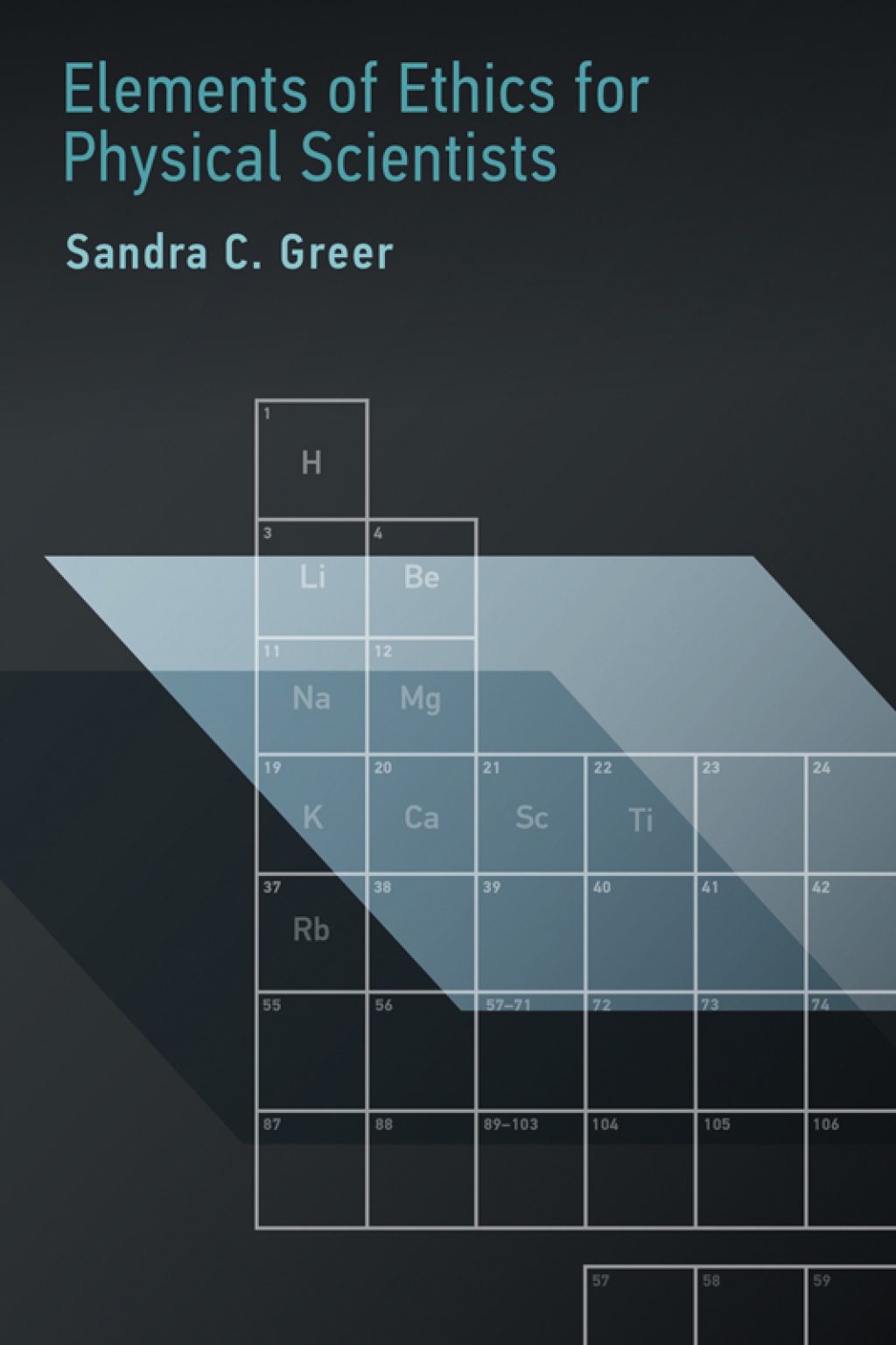
Reviews
There are no reviews yet.